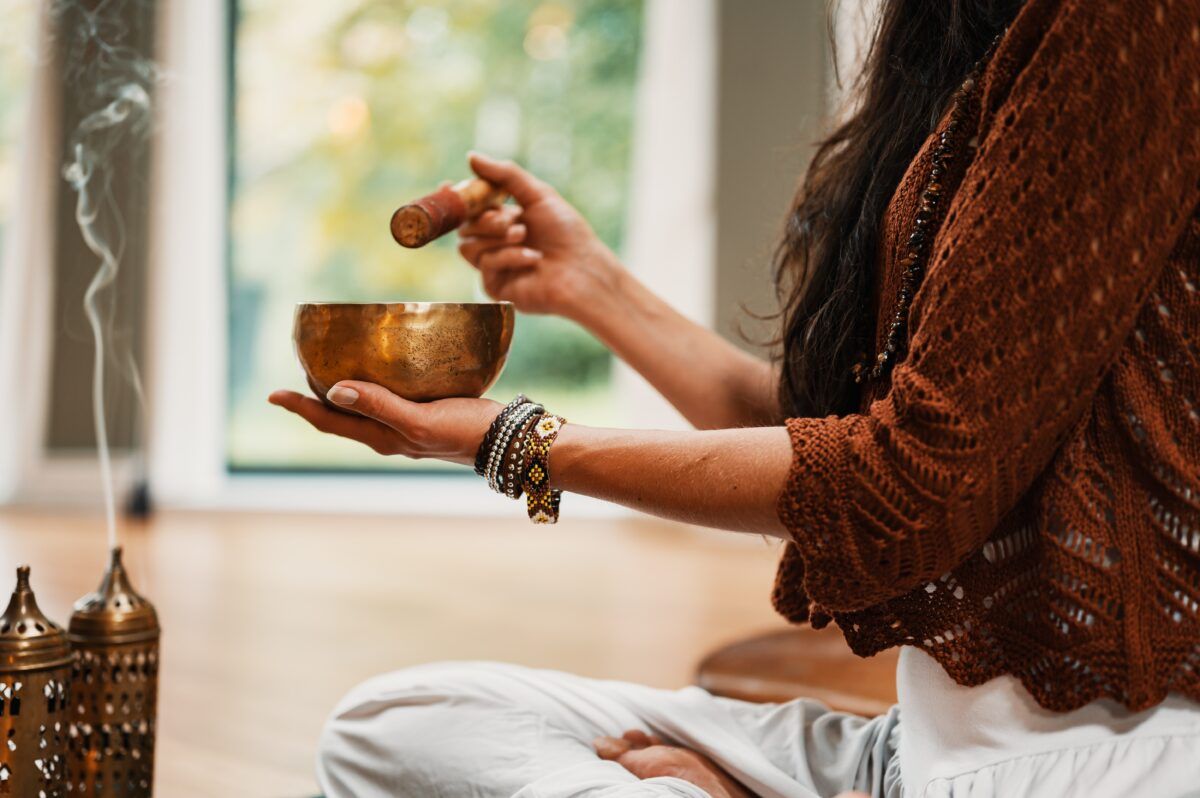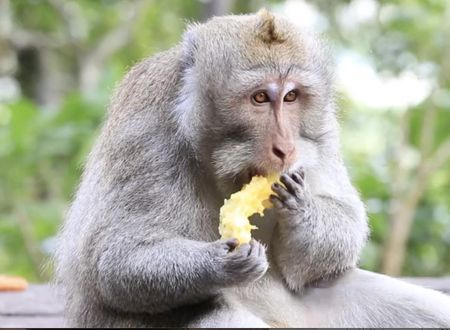Namaskar!
Meditation can seem overwhelming at the beginning, particularly because of the wrong expectations set at the beginning. Most people, when they’re starting meditation for the first time, they somehow expect to develop a mediative mind within 7-10 days of practice, that was me back in 2020 (Yes, the pandemic period).
Meditation, just like working out in a gym requires a degree of time and dedication to it. It roughly takes 3-6 months to lose the 10 kgs of weight that you gained in 1 year. Imagine how much practice would it take to unlearn all the false beliefs about reality that you’ve acquired over a period of 20-25 years?
Now this does not mean it will take years for you to achieve some level of stillness, I’m just trying to draw a comparison to make you understand that its totally okay if you aren’t still in a month of practice.
When I started my independent practice, I started facing issues such as dullness or irregular emotions that made meditation tougher and tougher over time. I also didn’t have a guru like GuruShri Om Swami Ji that I could learn true meditation from.
However, over the last two years, I’ve tried a number of different methods to enhance the quality of my sessions and I’m sharing a few that may help you. Please understand that this is from personal experience and I have no otherwise scientific data to prove how or why they work.
Breathwork Is Important
Believe it or not, no matter how beautiful your meditation space is, if you cannot manage your breath, you won’t be able to meditate even for a good minute. Breath has a profound impact on the quality of your meditation. Different types of breathing lets you experience different states of consciousness, that’s the power of it.
If you’re not relaxed or if your breath isn’t consistent, chances are even with hours of sitting, your mind won’t calm down even for a minute. This is meditation 101 according to my experience.
This is part of the reason why Yoga and Meditation are perceived together because the practice of Pranayama (prana-breath, yama-control) is essentially the practice of controlling the breath. One who has no control over their breath cannot meditate well.
The Hatha Yoga Pradipika describes this well by saying:
चले वाते चलं चित्तं निश्चले निश्चलं भवेत् ।
योगी स्थाणुत्वम् आप्नोति ततो वायुं निरोधयेत् ॥cale vāte calaṁ cittaṁ niścale niścalaṁ bhavet |
yogī sthāṇutvam āpnoti tato vāyuṁ nirodhayet ||2.2||
This translates to “So long as breath is unsteady, the mind remains unsteady; when breath is steady, the mind becomes still and the yogi attains complete motionlessness. Hence, one should control one’s breath”.
One of the practices you can try before you sit for meditation is the 12-second breathing routine. Here’s how to do it.
Inhale for 4 seconds, hold your breath for 4 seconds, and exhale for 4 seconds. Repeat this cycle five times and notice the difference.
This can also be tried when you’re anxious or experience emotions you don’t want in your mind or body at the time.
Good Posture Matters
There are two types of postures in meditation, one is the actual meditative posture and other one is for taking good pictures. You have to master one posture completely, so well that you can sit in that posture for hours on end, this is called Asana Siddhi.
All great gurus have one posture they have mastered, and they are often seen in that posture only. This is because certain postures regulate certain energies in your body and misalignment of those energies can be harmful to you.
Some of the best postures to try for your next session as per my experience, are:
· Full Lotus
· Half-Lotus or Quarter Lotus
· Burmese Position
· Hero Pose
Remember to always and always cross your legs. Even if you’re on a chair, gently lock them. An open position fails to lock in your energy.
For more insights on meditation and the right way to do it, please read “A Million Thoughts” by GuruShri Om Swami Ji.
Incense and Music Can Set The Mood
Good incense lightens up your mood and if its all-organic as opposed to modern-day sprays, it can significantly improve the quality of your meditation. This is because your sense of smell is very dominant in meditation, particularly if you’re focusing on breath. Another sense that is hyperactive is your sense of hearing, for which music is the answer.
You might be meditating in a place that has excessive noise, so meditating on music can help. Meditating on music also sets the right mood and lets you focus easily because external noise can be a huge distraction.
I generally use the “Black Lotus” App by GuruShri Om Swami Ji because it has the sweetest, most-touching melodies I can meditate to.
Make a Journal
Meditation, specifically in the early stages requires constant vigilance. You have to be able to identify what works and what doesn’t since everybody is built in a different way. Maybe you can focus well on breath, but not on sound. Maybe you can concentrate better than you can contemplate. Watching your daily meditation practice closely lets you achieve perfection faster.
Some of the things to note down after you complete your meditation are:
· Total duration of the session
· How do I feel after the session (both mentally and physically)
· What does my internal dialogue consist of?
I think these three are good for the first three months of your practice. As you progress and start noticing other things obstructing your meditation, you can extend this as per your experience.
I have made a basic Meditation Journal on Canva. You can download it from here. Also, if you wish to edit it, you can copy it, put it in a new document to add or delete some segments as per your wish.
Hope you liked this article. Please consider following.
Om Shanti! May you be blessed O Stranger with love, peace and happiness.









Comments & Discussion
16 COMMENTS
Please login to read members' comments and participate in the discussion.